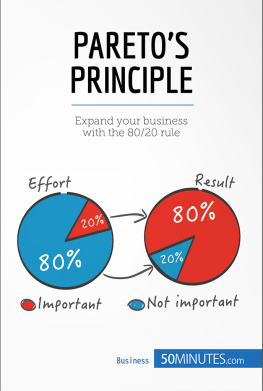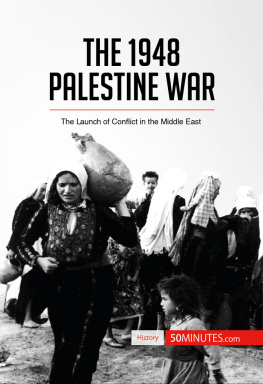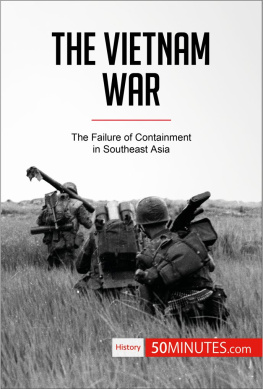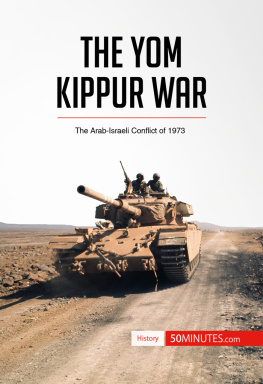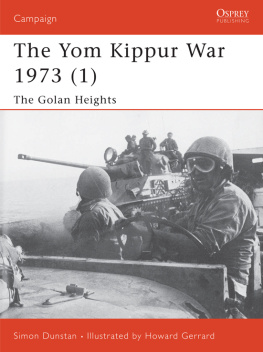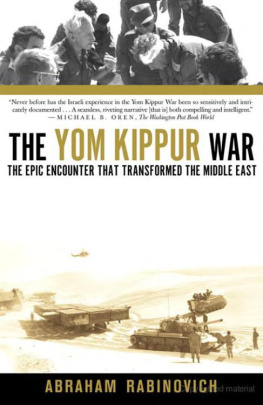THE YOM KIPPUR WAR
KEY INFORMATION
When: 6th-26th October 1973
Where: On the banks of the Suez Canal, Sinai Peninsula and Golan Heights (south west region of Syria) and the neighboring regions
Context: The Arab-Israeli conflict
Belligerents: Israel against Egypt and Syria, supported by Morocco, Saudi Arabia, Jordan and Iraq
Commanders and leaders:
Golda Meir, Israeli Prime Minister (1898-1978)
Anwar Sadat, Egyptian President (1918-1981)
Outcome: Israeli victory
Victims:
Arab camp (Jordan, Iraq, Syria and Egypt): 9500 dead and 19,850 wounded
Israeli camp: 3020 dead and 8135 wounded
INTRODUCTION
The Yom Kippur War was the fourth armed conflict between Israel and the Arab countries, namely Egypt and Syria, which would later result in the 1973 oil crisis.
On 6th October 1973, Yom Kippur Day (Atonement Day) for Jews, the Egyptians and Syrians carried out an armed attack in the Sinai Peninsula and the Golan Heights. First belonging to Egypt and Syria, these territories were conquered by Israel during the Six Day War in 1967. Although the Israeli fighting force was outnumbered, it managed to move gradually through Syria and cross the Suez Canal to finally reach the south and west of Egypt. A cease-fire was then declared by the United Nations Security Council in cooperation with the USSR and the United States in order to make room for negotiation. A peace plan was then agreed. However, the Israelis, not wishing to be interrupted in their advance, used the truce to continue their conquest, sparking further debates. New peace negotiations were then opened and led to the normalization of relations between Israel and Egypt. These negotiations were concluded in 1978 by the Camp David Accords, which stated that, in exchange for peace with Israel, Egypt would recover the Sinai Peninsula. The border between the two countries was opened once again.
POLITICAL AND SOCIAL CONTEXT
CRISIS IN THE MIDDLE EAST
Since the creation of the State of Israel in May 1948, relations between that country and the neighboring states in the Middle East were tense. The situation intensified even further during the sixties. Indeed, during the Six Day War in 1967, the Israeli army was very hostile towards Egypt, Syria and Jordan, from which it took several territories: the Gaza Strip and the Sinai Peninsula in Egypt, the Golan Heights in Syria and, finally, the West Bank and East Jerusalem in Jordan. Following these events, the Arab countries adopted the Khartoum Resolution in September 1967, which proposed:
An ongoing struggle against Israel to regain the territories lost during the war;
The use of Arab oil and its extraction as a diplomatic weapon;
Solidarity and military cooperation between the Arab countries;
The defense of the rights of the Palestinian people;
Economic aid for Egypt and Jordan.
This became known as the Three Nos resolution, because in its third paragraph, it turned against Israel and stated:
G OOD TO KNOW
The Six Day War was one of the countless episodes of the Arab-Israeli conflict, fought by Israel against Egypt, Syria and Jordan, from 5th to 10th June 1967. Following the blockade of the Strait of Tiran led by Egypt against the Israelis, they decided to launch a preemptive attack against Egypt which was a success. After this feat, Israel decided to attack Jordan and Syria. The sixth day marked the defeat of the Arab armies against the Israeli offensive. Through this victory, the surface area of the Jewish state began to grow.
A few months later, the UN Resolution 242 required the establishment of a lasting peace in the Middle East, the withdrawal of the Israeli troops from the occupied territories and the recognition of the Jewish state by the Arab countries. While on the Egyptian side, Anwar Sadat accepted the principles of peace, Israel refused to withdraw. Negotiations were blocked and they reached a state of status quo.
Seeking allies in the Middle East region in order to gain influence over what they considered to be a strategic territory, the Soviets decided to help the Egyptians and signed a treaty for peace and cooperation. Thus, the Soviet Union was committed to providing armaments to Egypt, in exchange for assurance of being able to retain its foothold in Egypt. At the same time, the Soviet leaders ensured the Egyptians loyalty. However, for Egypt, things were different. Through this friendship treaty, the president was counting on increased help from his Soviet ally and asked for highly sophisticated weapons in order to defeat Israel and avenge the insult suffered in 1967. However, the USSR only sent defensive, not offensive weapons.
Meanwhile, in 1967, during important negotiations, the United States undertook to support Israel politically, economically and militarily in order to end the Middle East conflict. Thus, the United States showed its wish to recognize the Jewish state so that Resolution 242 would come into force. This would allow them to ensure that Israel could live in peace in the region, without compromising their economic interests.
WAR PREPARATIONS
Of course, Egypt accepted the help of the Soviet Union because it was impossible to go into battle without receiving outside military assistance. However, in July 1972, relations between the two states declined, due to the will of the USSR to maintain a status quo in the Middle East. Therefore, Anwar Sadar considered the Soviet presence to be an obstacle to his freedom of action. In addition, the Soviet Union refused to provide certain types of weapons. These two reasons motivated his decision to remove the Soviet advisers from the territory. Even though talks resumed between Cairo and Moscow a few months later, the situation remained tense. Anwar Sadat remained intransigent and reiterated his call for offensive weapons. Afraid of undermining the spirit of international Dtente, the Soviet leadership decided to hand over missiles, instead of the weapons requested. By doing this, without fulfilling the requirements of the Egyptian president, the USSR continued to militarily assist the country, while opposing military action.
However, Anwar Sadat gradually became aware that neither of the two great powers favored a change of power relations in the region and that they were likely to prefer a political solution, as opposed to a military one. This strongly contradicted his ambitions, as he wanted to form a large military force so that each Arab country close to the Jewish state could better defend itself. To this end, Egypt received financial assistance from Saudi Arabia, one of the leading states in the confrontation with Israel. Finally, Egypt received indirect assistance from Jordan, which was not openly committed, but participated in the offensive against the enemy through repeated threats, putting Israeli forces on permanent alert and preventing them from focusing on the Syrian and Egyptian fronts.







